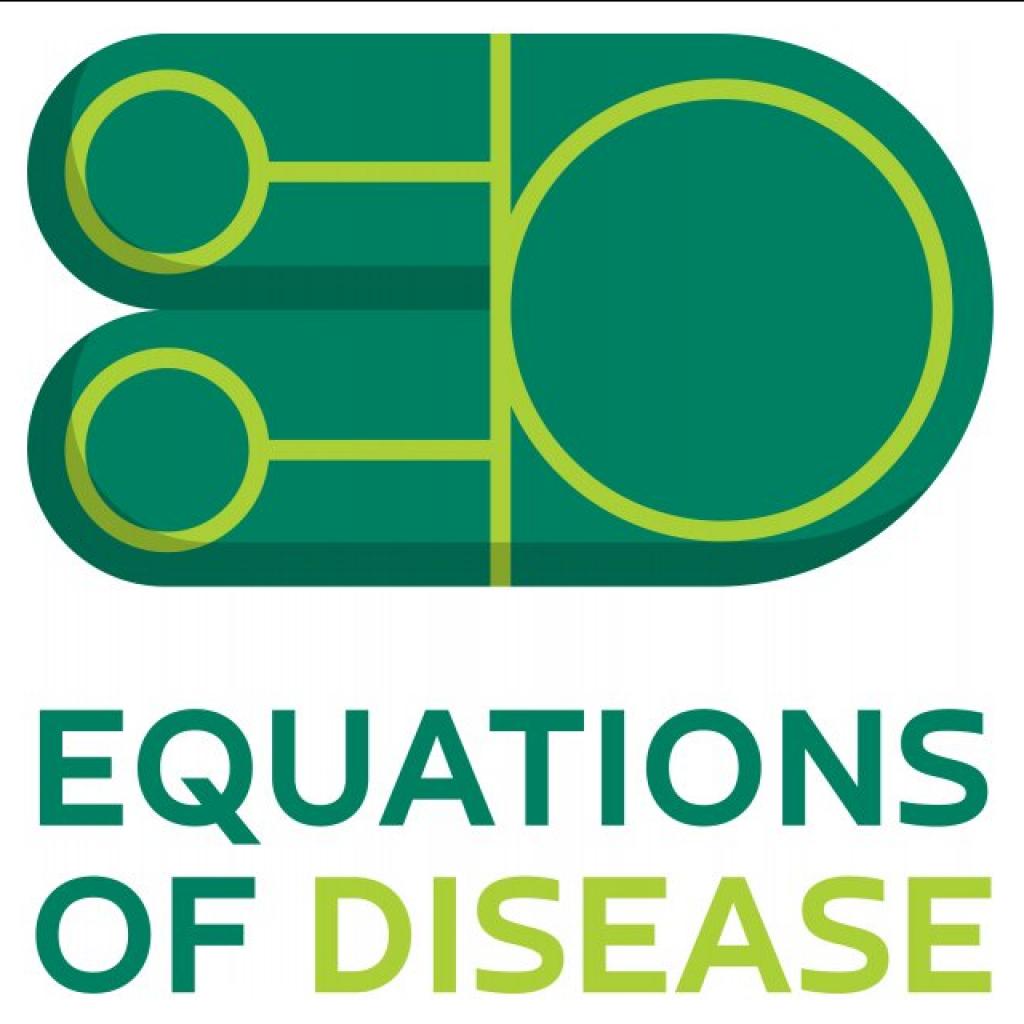Monitoring and evaluation of national action plans on antimicrobial resistance

Course details
About this course
AMR is one of the top 10 global health threats currently facing the world. It is a complex public health threat whose root causes are found in sectors ranging from human health, animal husbandry, food safety and agriculture to environment and trade.
Countries have developed national action plans to combat the threat of AMR. Effective implementation of these plans requires collaboration and coordinated action within, and across diverse sectors and disciplines, with a broad range of stakeholders.
To support countries to achieve evidence-based and sustainable implementation and monitoring of their national action plans, the Quadripartite agencies – the Food and Agriculture Organization of the United Nations (FAO), the United Nations Environment Programme (UNEP), the World Health Organization (WHO) and the World Organisation for Animal Health (WOAH) – have developed guidance for countries on monitoring and evaluation of AMR NAPs.
Countries are expected to develop a monitoring and evaluation (M&E) plan for their NAP, tailored to their context and priorities. This course has been designed to support countries by providing information on how to establish an M&E plan for their AMR NAP.
By the end of this course, you should be able to:
- Summarize the M&E framework for the global action plan on antimicrobial resistance (GAP-AMR) and its recommended indicators
- List the 8 steps to establish a national M&E plan
- Describe the basic concepts of monitoring, evaluation, and development of SMART indicators
- Explain key considerations for developing an M&E plan
- Outline the basic principles that need to be kept in mind when developing an M&E plan
- Recognize the importance of monitoring and evaluating progress in AMR NAP implementation


